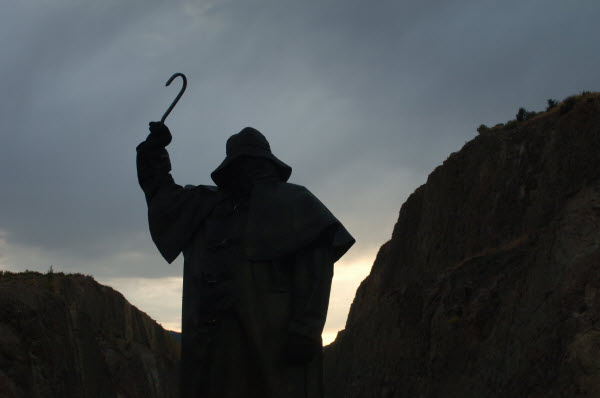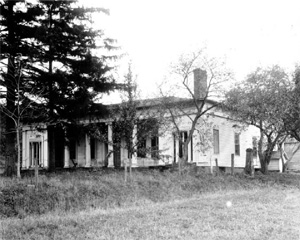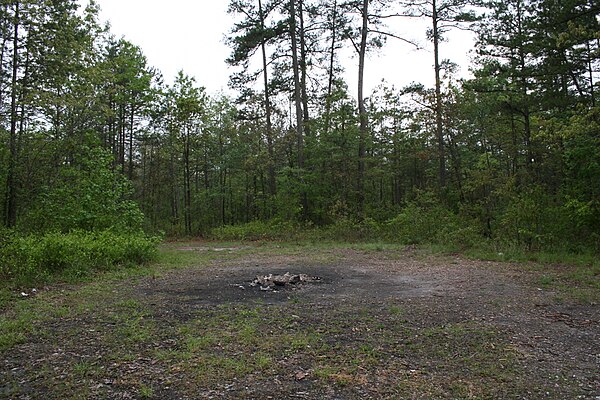Q. What the heck is a StoryBundle?
A. Jason Chen, founder:
I started StoryBundle because back in 2012, video game bundles and app bundles were extremely popular, and no one had yet applied the same idea to ebooks. When I looked around (because I’m a reader myself) to try and find a way to discover lots of new-to-me authors in genres I already like, it was pretty difficult without spending hours reading reviews and trudging through sales lists. Plus, since these are authors I haven’t tried before, I may be left with hit-or-miss quality. Having curated bundles where quality is guaranteed AND readers can set the price solves both these issues.
Q. Okay. Why should I buy this StoryBundle?
A. Kristine Kathryn Rusch, editor:
The Dark Justice bundle comes as close to crime fiction perfection as possible.
It boasts one Grand Master, several award-winners, bestsellers who've hit lists like the New York Times and USA Today with multiple books, household names, and writers who've just entered the mystery field—sometimes with a bang.
We also have a lot of diversity here. Our investigators include an African American detective, a Canadian doctor of Asian extraction, a disabled stockbroker and a group of retired cold case detectives. Throw in a few amateur detectives, a disgraced ex-cop, a female bounty hunter, and the famous Matthew Scudder, who has appeared in film (most recently A Walk Among The Tombstones), and you'll encounter the full range of characters the mystery genre has to offer.
I've read and loved the work of each and every one
of these writers. Some of them I've read since I started reading mystery and
some I've read since before they ever had a book published. In one of my other
incarnations, I'm an award-winning editor, so believe me when I tell you that
if there were some kind of Kristine Kathryn Rusch Gold Seal of Approval, the
books in this bundle would receive it.
Q. Hmm. Well, I'm cheap. I don't know if I should buy it.
A. Kris: For those of you who have never purchased a bundle
from StoryBundle before, welcome! StoryBundle makes ordering and downloading
these books spectacularly easy.
The initial titles in the Dark Justice Bundle
(minimum $5 to purchase) are:
- Cold Call by Dean Wesley Smith
- And Then She Was Gone by
J. Daniel Sawyer
- An Eye For Murder by
Libby Fischer Hellmann
- Code Blues by Melissa Yi
- A Fatal Twist of Lemon by
Patrice Greenwood
If you pay more than the bonus price of just $15,
you get all five of the regular titles, plus these outstanding books:
- Fatal Destiny by David DeLee
- Playing With Matches by
Julie Hyzy
- A Dangerous Road by
Kris Nelscott
- The Night and the Music by
Lawrence Block
- The World Beneath by
Rebecca Cantrell
A. Win the Dark Justice StoryBundle just by commenting on this blog. One winner will be selected tomorrow. To multiply your chances, subscribe to Melissa Yi's newsletter and comment on her related blog and Facebook post. Quadruple your chances by doing all four!
Q. I want to hear from the authors themselves. Why do you write mysteries?
Julie Hyzy: I know this isn’t an original answer, but I have to credit Nancy Drew. She was my gateway to mystery reading and also – in many respects – to writing. My first novel (at about age 10) was The Case of the Whispering Hills. I illustrated the book myself, too (natch).
Melissa Yi: As an emergency doctor, I occasionally confront evil. Mystery allows me to fictionalize it and deliver some form of justice in the end.
Patrice Greenwood: I like reading them, so I thought I'd give writing them a try. Turns out that's fun, so I've kept at it.
Kris Nelscott: I love mysteries. I think they're my favorite genre. I put mystery—crime, really—in almost every genre I write.
Rebecca Cantrell: Because I am fascinated by worlds where characters wrestle with the question of what’s right and what’s wrong. My characters like to see justice done, but justice is never as simple and straightforward as I would like, so my books spend a lot of time looking at shades of gray.
As a kid my family referred to this as my “overblown sense of justice” and “belief that, all evidence to the contrary, the world should be fair.” Guilty.
Q. Hmm. Well, what's so great about your bundle book?
Rebecca Cantrell: The World Beneath introduces Joe Tesla. He’s a complicated guy—a brilliant software engineer who started a multimillion dollar company but is struck by agoraphobia on the day he’s supposed to ring the bell on Wall Street to take his company public. The agoraphobia is so extreme that he can’t go outside at all, and he spends the series trying to determine what caused it while exploring the tunnels under New York City. Since he can’t go outside, he makes the inside bigger. Since he can’t find justice for himself, he starts to search for justice for others. The book also won the International Thriller Writers award for Best Ebook Original. Oh, and he has a service dog named Edison who steals every scene he’s in (note: the dog does not die in the books).
Julie Hyzy: My bundle book, Playing With Matches, is very special to me because it’s not the least bit cozy. For the past seven years or so, I’ve had some success [Editor: NYT-bestselling success] writing cozy mysteries. I love them, I truly do, but I started out with edgier themes, and Playing With Matches brings me back to my writing roots. Riley Drake (my protagonist) is a female PI in Chicago. She swears, she drinks, and she beats up a troublemaker by page 2.
Melissa Yi: CODE BLUES introduces the world to Dr. Hope Sze, my alter ego who discovers murderers within the decaying medical system of Montreal, Canada. When I was a resident doctor, I barely had time to tie my shoes, let alone solve crimes and romance two different guys, but that’s the beauty of fiction.
Patrice Greenwood: It's set in Santa Fe, New Mexico, one of my favorite places in the world. The main character is just opening a tearoom in a Victorian house there, so there's lots of history, tea and its rituals, and of course a dash of murder.
David DeLee: FATAL DESTINY features a strong half-Latina, half-Irish female bounty hunter who takes on the world in her own way, and with a pretty cynical attitude toward people and the criminal justice system—with good reason. In FATAL DESTINY Grace faces a defining question: Are people, including herself, defined by their past or can they escape who they were and what they’ve done and become something better?
Kris Nelscott: The book I've contributed to the bundle is the very first Smokey Dalton novel. Honestly, I wrote the novel as a classic mystery—a rich blond walks into a detective's office with a strange problem that needs investigating. The detective, Smokey Dalton, is an African American who grew up with Martin Luther King. I thought the setting was the unusual bit—Memphis in 1968, just before King's assassination. Imagine my surprise when everyone decided the entire story was unusual. I bow to readers. Apparently I hit something with this series, which explores American history from a perspective not seen often enough in fiction—that of the African American community. The series has hit bestseller lists, won awards, hit recommended lists from libraries all over the country (including the New York Public Library) and has a rabid following.
Q. I might take a look. How do I get it?
A. https://storybundle.com/crime until November 19th.
Plus, one lucky winner will be chosen from each of the following lists on Wednesday, Nov. 4th:
1. One Sleuthsayer. Comment now, on this post, to win.
2. One subscriber to Melissa Yi's newsletter. Just sign up on her website landing page--link at the top & form at the bottom.
3. One commenter on Melissa Yi's Dark Justice blog post.
4. One participant on Melissa Yi's Dark Justice Facebook post.
5.
Happy reading!






























